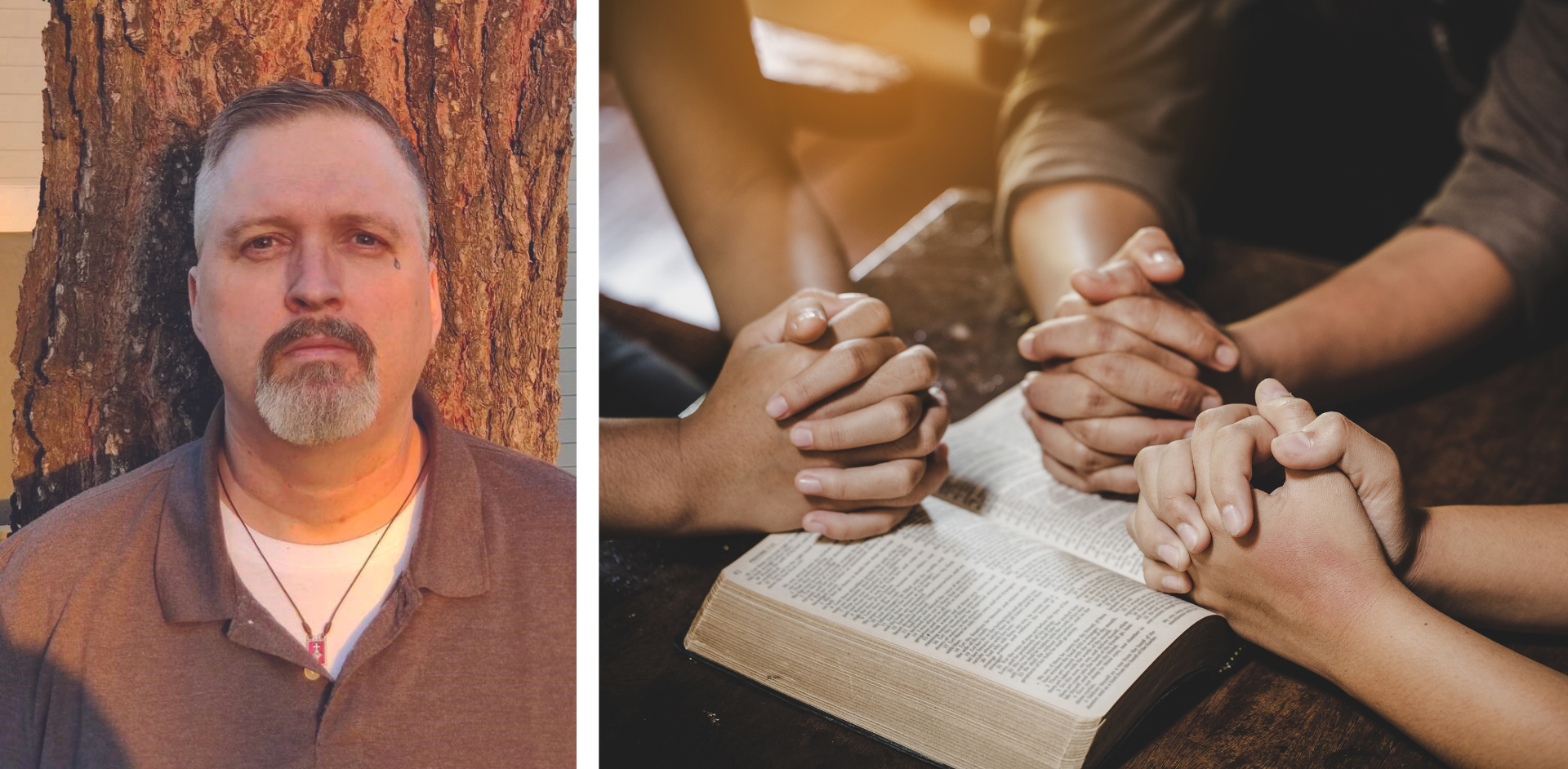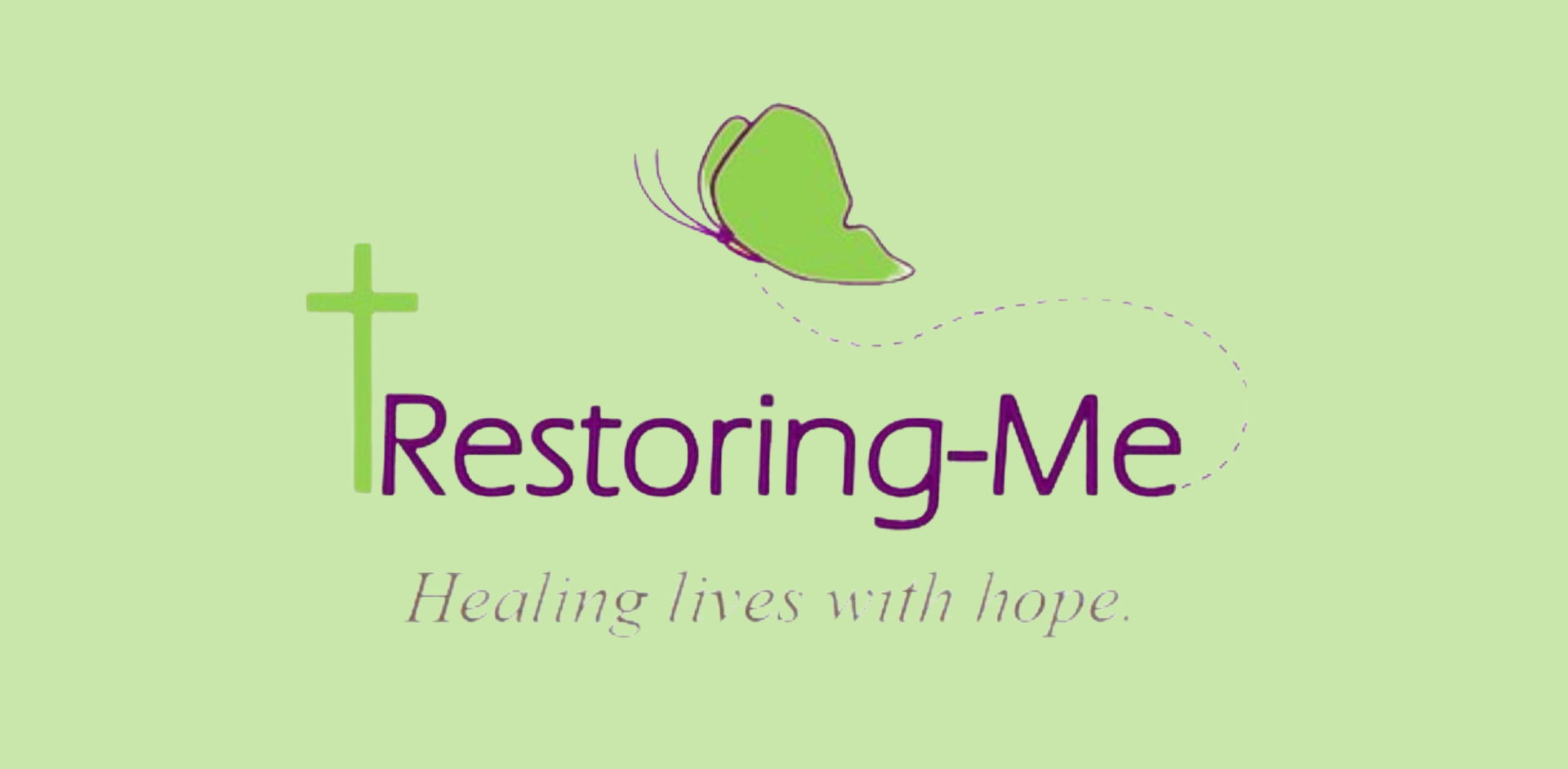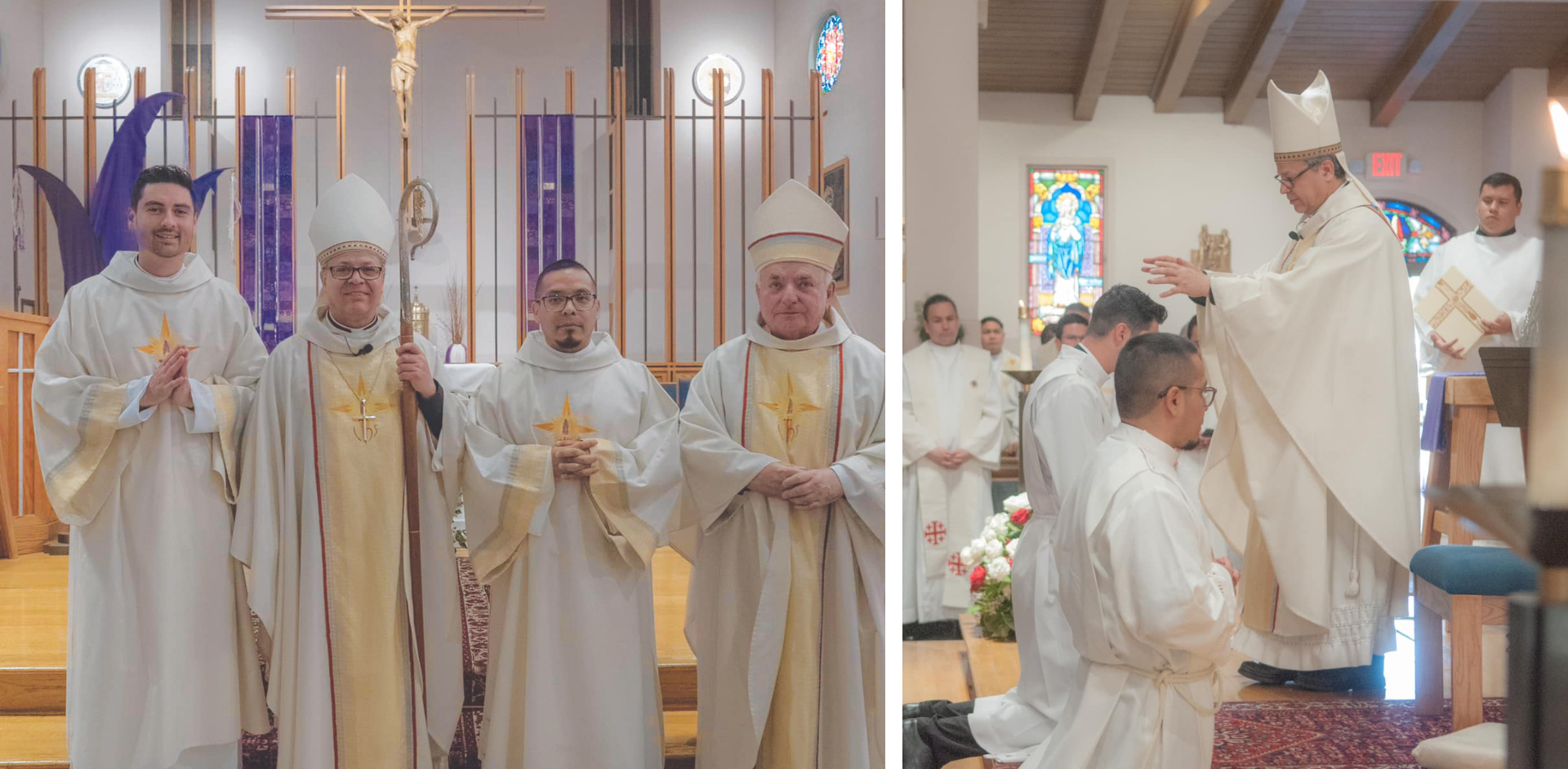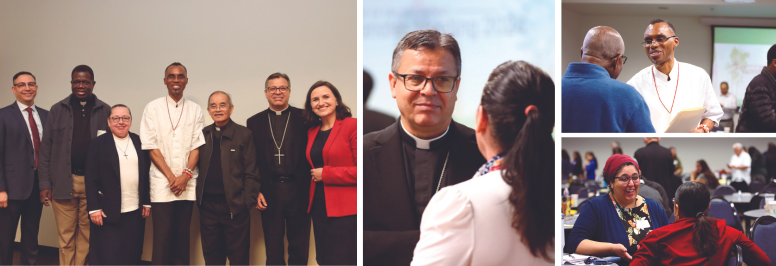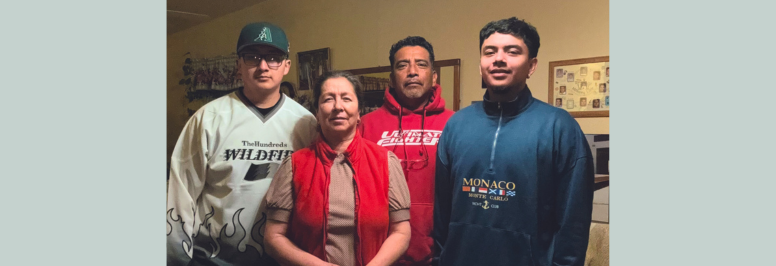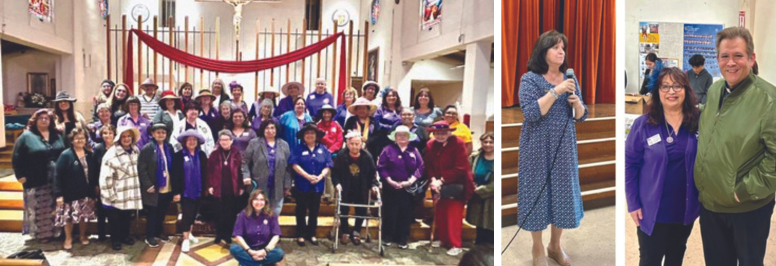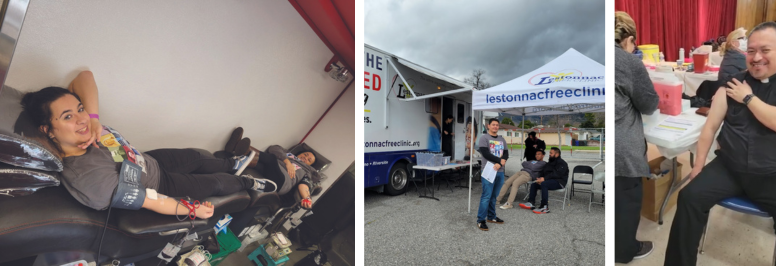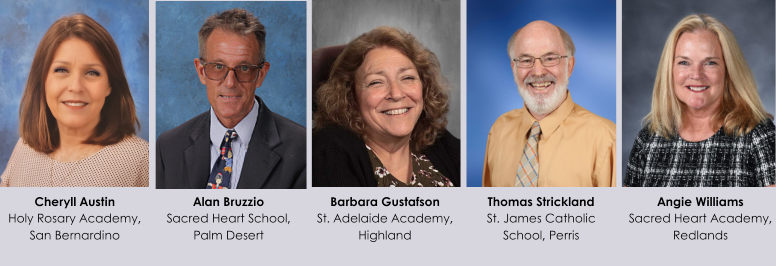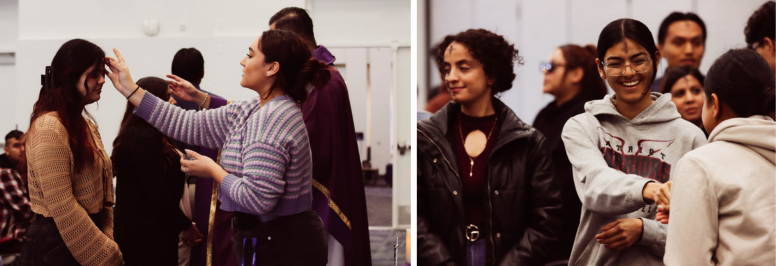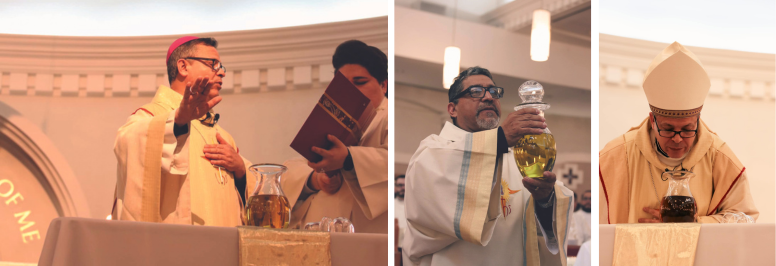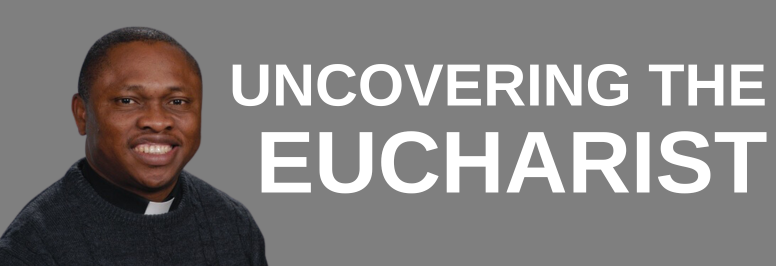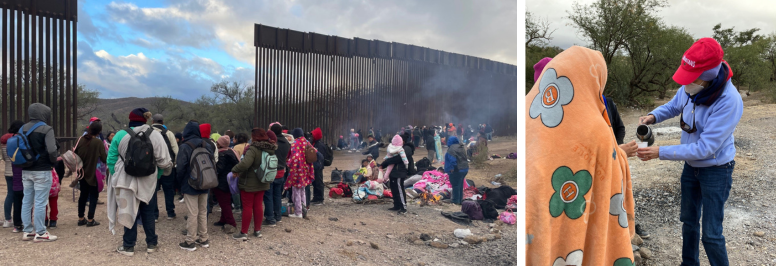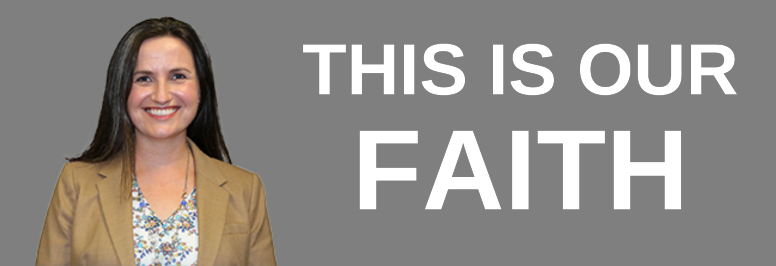“Mommy,” he cried again, “Look! there’s the third Wiseman!”
Wouldn’t it be wonderful to live in a world where people of color are regarded with the positive delight this child had for the third Wiseman? February is Black History Month. Some years ago Black Catholic History Month was put into our U.S. Catholic liturgical calendar for November. In my opinion, it gets lost there among All Saints and All Souls and Veterans Day and Thanksgiving. Of course not all Black American Catholics are of African origin but rather hail from Jamaica or Haiti or Cuba or Brazil or…with slavery as perhaps the common thread.
The first Black Catholics in my life I knew but did not really know. They were African American high school students at the Catholic all girls high school I attended. They kept to themselves, eating together in the lunch room. I don’t remember any black student ever venturing to answer a question in classes. They were not members of the science club or student council or the National Honor Society. They were a separate track in our mostly white school. And that same “separate trackness” was too often true of Catholic parishes.
The definitive book by Father Cyprian Davis, OSB, on Black Catholic History notes that lack of integration of Black Catholics was typical of U.S. parish life until recently. Common documented practices were that Black Catholics often had to sit in a segregated area of the church, like the balcony or one side of the Church; their children could not make first Eucharist with the white children; they received communion at a separate section of the communion rail or after the whites; and, of course, they sometimes had to use the “separate but equal” drinking fountains and bathrooms in Catholic churches and schools that were current in the wider U.S. culture until the 1960’s.
For the better part of a hundred years following the Civil War, Fr. Davis notes, the U.S. church failed to distinguish itself from the secular culture. In some places in the U.S., African American Catholics established separate black Catholic parishes where today they worship in ways that maintain their cultural identity, with Gospel choirs, clapping and praise dancing, and dialog type homilies. The majority of Black Catholics, however, belong today to non-Black Catholic parishes.
As I began parish work, I began to know, personally, Black Catholics—as parents of children in our faith formation programs, as catechists, occasionally as diocesan personnel. A special privilege came when I was pastoral coordinator of a little African American and White parish. Then an even different degree of closeness began to happen. I began to eat in Black homes where they taught me how to cook some traditional African American dishes. I listened to my parishioner friends personal stories of discrimination within our Church. I attended a couple national Black Catholic Congresses and shared motel rooms with black women. From them I learned that being no darker than a paper bag was the ideal. With them I sat shocked in a crowd of 3,000 African Americans at the Basilica of the Immaculate Conception. “The Lord looks angry,” my black sister said. I looked up to see the three domes of the great Basilica where all the figures are blonds, and the stern Christ has corn yellow hair and turquoise eyes. Most recently I was privileged to receive the feelings of some Black Catholic friends who were disheartened and even frightened by the racism directed against them in the last presidential campaign.
A couple months ago I wrote about a special kind of faith called ecclesial faith. Ecclesial faith is not the “Jesus is my personal savior” kind of faith. It is faith that hears God’s voice poured out through flawed, limited and fallible people and times and institutions like our Church. If there are any Catholics who exemplify ecclesial faith, I think it is Black Catholics. The U.S. Bishops, in “Brothers and Sisters to Us,” say that racism is an evil which is in our Church. We can do something about this just by talking about it, by stepping over the hidden color line even if just by sharing coffee and a donut or touching hands during the Our Father, by letting people know you do not appreciate racist jokes, and in so many other small ways. If you are privileged to be a friend of a Black Catholic, ask to hear their story of how they happen to be Catholic. Thank you to all our Diocesan Black Catholics who have stayed with us, your Catholic brothers and sisters, as we continue trying to understand, accept, and honor you.
Sister Mary Garascia belongs to the Congregation of the Sisters of the Precious Blood (C.P.P.S.). After many years of Church work she is retired and maintains a presence in ministry at The Holy Name of Jesus parish in Redlands.




